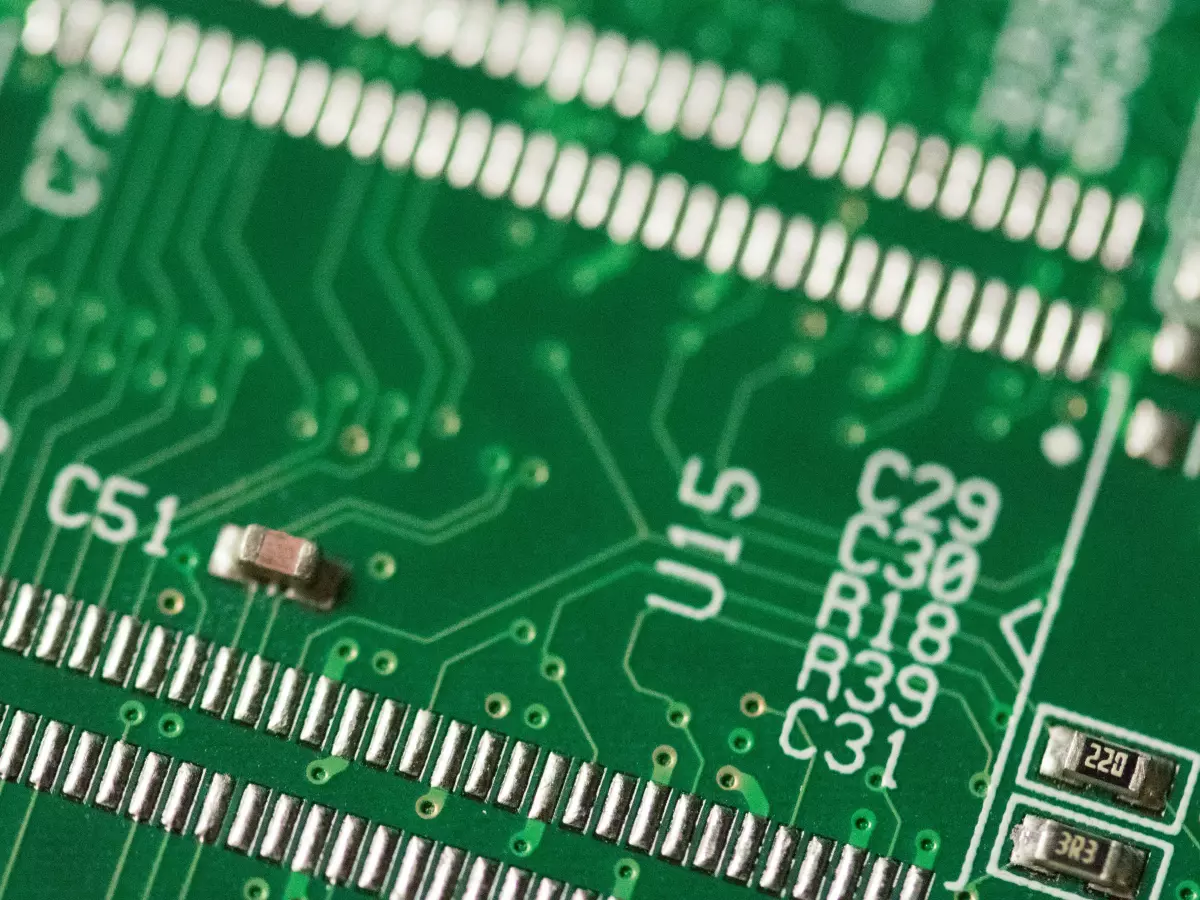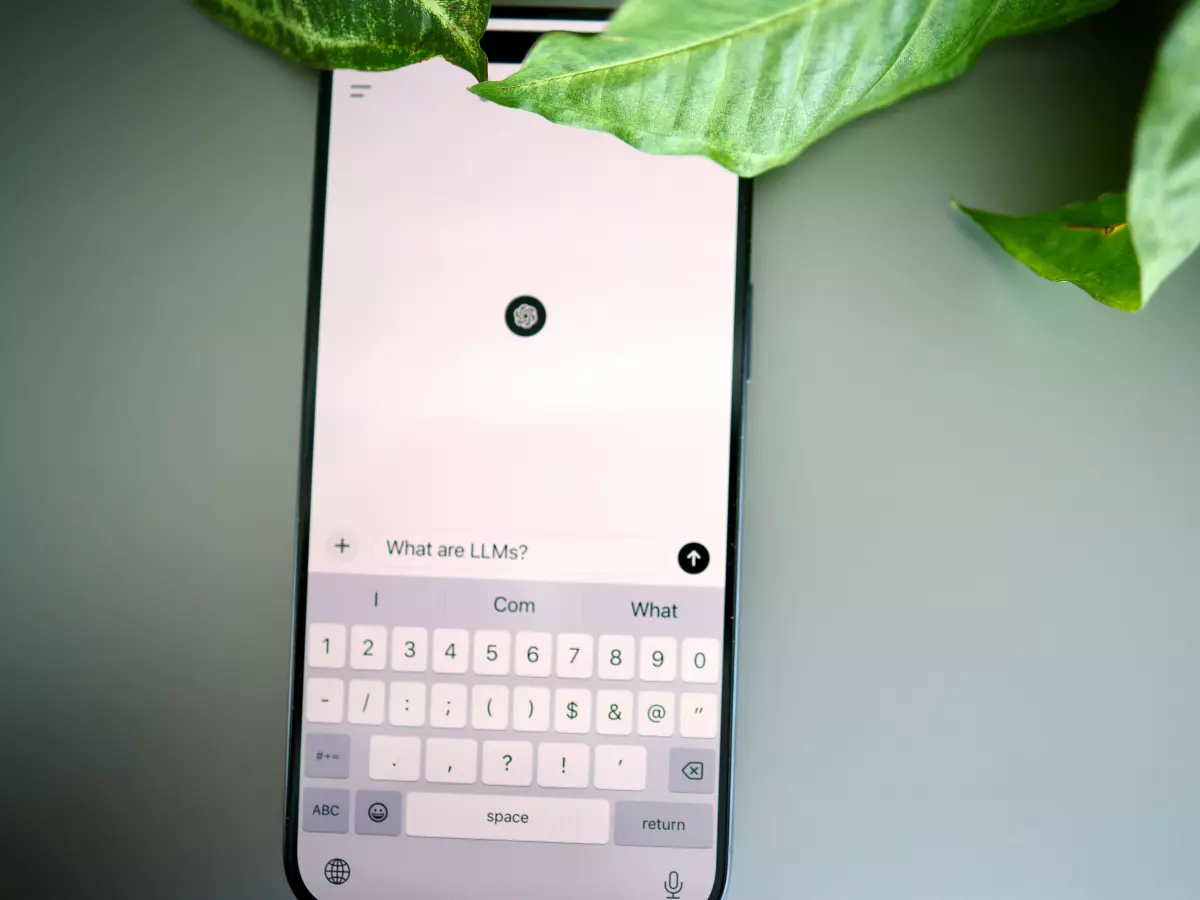Smartphone Cooling
What do a high-performance sports car and your smartphone have in common? More than you think! Both rely on sophisticated cooling systems to keep things running smoothly.

By Hannah White
"Technology is best when it brings people together." This quote from Matt Mullenweg, the creator of WordPress, might seem like a strange way to start a conversation about smartphone cooling systems, but hear me out. Just like how WordPress connects millions of people through websites, your smartphone’s cooling system connects all the different components inside your device, ensuring they work together in harmony. Without it, your phone would overheat, slow down, or even shut off, leaving you disconnected from the world. And nobody wants that!
So, let’s dive into the world of smartphone cooling systems and explore why they’re more than just tiny fans or heat pipes. We’ll look at how these systems work, why they’re essential for performance, and how they’ve evolved over the years to keep up with the demands of modern smartphones.
Why Does Your Phone Need a Cooling System?
Let’s start with the basics. Your smartphone is essentially a tiny computer, and like any computer, it generates heat when it’s working hard. Whether you’re gaming, streaming videos, or running multiple apps at once, your phone’s processor (CPU) and graphics chip (GPU) are working overtime. This generates heat, and if that heat isn’t managed properly, it can cause your phone to slow down, freeze, or even shut off to prevent damage.
But here’s where things get interesting: unlike your laptop or desktop computer, your smartphone doesn’t have the luxury of big fans or large heat sinks to keep things cool. Instead, it relies on a combination of clever engineering and cutting-edge materials to dissipate heat and keep everything running smoothly. And that’s where the magic of smartphone cooling systems comes in.
The Evolution of Smartphone Cooling Systems
Back in the early days of smartphones, cooling wasn’t much of an issue. Phones were simpler, and the processors didn’t generate nearly as much heat as they do today. But as smartphones have become more powerful, with faster processors, better graphics, and more demanding apps, the need for effective cooling has grown exponentially.
Today’s smartphones use a variety of cooling technologies to keep things cool. One of the most common methods is the use of heat pipes, which are thin tubes filled with a liquid that evaporates when it absorbs heat. The vapor then travels to a cooler part of the phone, where it condenses back into liquid and releases the heat. This process is known as phase-change cooling, and it’s incredibly efficient at moving heat away from the hottest parts of the phone.
Another popular cooling method is the use of graphite sheets, which are thin layers of carbon that can spread heat across a large surface area. This helps to prevent hot spots from forming and keeps the phone’s temperature more even.
Liquid Cooling: Not Just for Gamers
In recent years, some high-end smartphones have started using liquid cooling systems, similar to those found in gaming PCs. These systems use a combination of heat pipes and liquid-filled chambers to move heat away from the processor and other components. While liquid cooling is more expensive and complex than other methods, it’s also incredibly effective, making it a popular choice for gaming phones and other high-performance devices.
But here’s the thing: you don’t need to be a hardcore gamer to benefit from liquid cooling. Even if you’re just using your phone for everyday tasks like browsing the web or checking social media, a good cooling system can make a big difference in performance and battery life. By keeping the phone’s temperature under control, the cooling system allows the processor to run at full speed without throttling, which means faster performance and smoother multitasking.
How Cooling Systems Impact Battery Life
Speaking of battery life, did you know that your phone’s cooling system plays a big role in how long your battery lasts? When your phone gets too hot, the processor has to slow down to prevent overheating, which uses more power and drains the battery faster. By keeping the phone cool, the cooling system allows the processor to run more efficiently, which means better battery life.
In fact, some smartphone manufacturers have started using advanced cooling systems specifically to improve battery life. For example, some phones use a combination of heat pipes and graphite sheets to keep the battery cool, which helps to extend its lifespan and prevent overheating during charging.
The Future of Smartphone Cooling
So, what’s next for smartphone cooling systems? As smartphones continue to get more powerful, with faster processors, better graphics, and more demanding apps, the need for effective cooling will only grow. We’re already seeing some exciting developments in this area, such as the use of vapor chambers, which are even more efficient than heat pipes at moving heat away from the processor.
Another promising technology is the use of thermal management software, which can monitor the phone’s temperature in real-time and adjust the processor’s speed and power consumption to prevent overheating. This software can also learn your usage patterns and optimize the phone’s performance and cooling system accordingly, which means even better performance and battery life.
And who knows? Maybe one day we’ll see smartphones with active cooling systems, like tiny fans or even liquid cooling loops, similar to those found in gaming PCs. While this might sound far-fetched, it’s not entirely out of the realm of possibility, especially as smartphones continue to push the boundaries of performance and power.
Conclusion: Cool Phones, Cool Lives
So, the next time you’re using your smartphone to play a game, stream a video, or run multiple apps at once, take a moment to appreciate the cooling system working behind the scenes to keep everything running smoothly. Without it, your phone would overheat, slow down, or even shut off, leaving you disconnected from the world.
In the end, your smartphone’s cooling system is more than just a way to prevent overheating – it’s a key part of what makes your phone fast, efficient, and reliable. And as smartphones continue to evolve, so too will the cooling systems that keep them cool under pressure.





